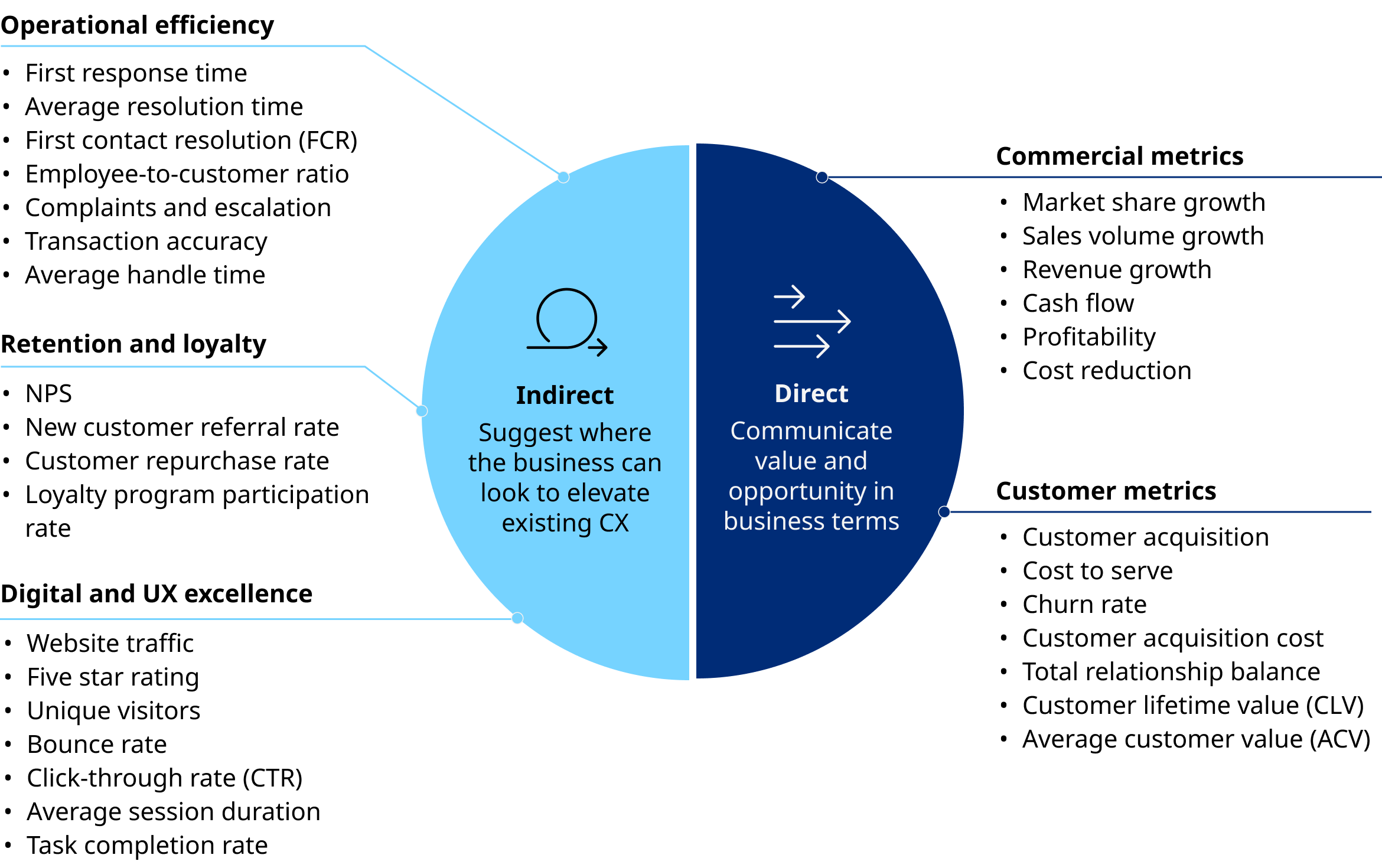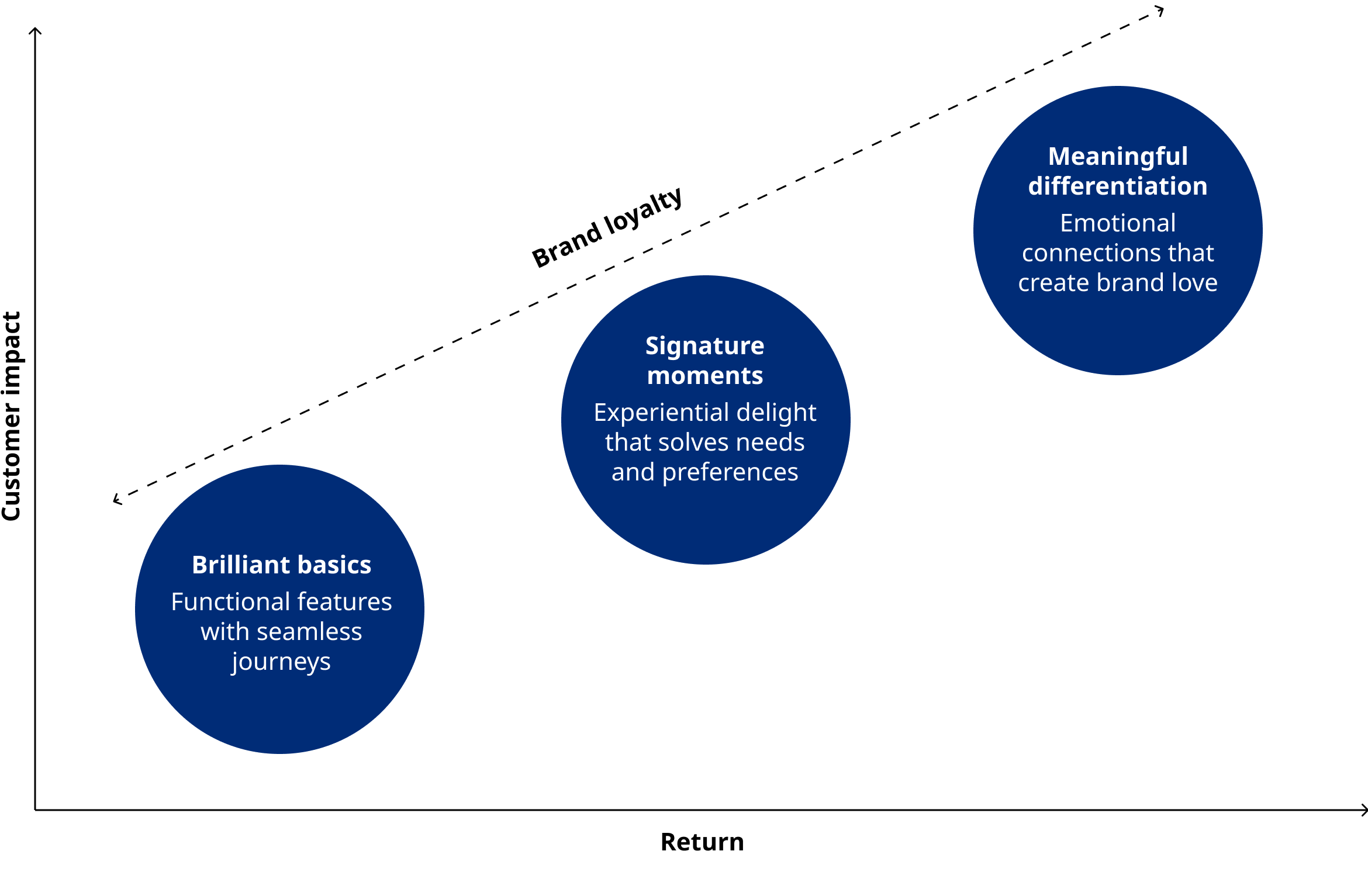In an era where customer loyalty is increasingly difficult to achieve and maintain, customer experience (CX) investment should be top of mind for business leaders. Businesses that prioritize the quality of their CX are more likely to retain their customers and drive more engagement and sales, bring down costs, and in turn, create greater shareholder value. For example, a recent study found that customers spent 140% more on brands that deliver good customer experiences, demonstrating a direct link between CX and annual revenue.
Despite this clear connection, securing investment required to deliver CX strategies remains a key challenge for many companies. This is largely driven by a mindset that CX is “fluffy”, due to the inability of many CX teams to tangibly link CX investment to clear business outcomes. These teams may use traditional metrics, such as the Net Promoter Score (NPS) and the Customer Satisfaction Survey (CSAT), to provide a picture of how their company is pleasing customers. However, it is not always clear how these metrics link to direct business results. Without this clarity, decision-makers struggle to see how CX investment will deliver business returns, thereby making it difficult to persuade C-suite level decision-makers and budget holders to secure investment for CX programs.
Three approaches to secure more customer experience investment
Articulating the benefits of CX in real business terms
It is critical to articulate the benefits of CX using terms that measure real business outcomes. Speak the language of executives and shareholders; only by communicating the benefits of CX in terms they understand can CX teams secure confident leadership buy-in more easily and reduce any friction in the decision-making process.
There are broadly two categories of business metrics to consider: direct and indirect. Direct metrics communicate value and opportunity in business terms, which are better positioned to create a compelling business case and deliver tangible measurements of success. Indirect metrics provide performance indicators and insight into where the business can look to elevate its existing CX. While indirect metrics are important to track, they are limited in their ability to translate commercial impact. Companies that are focused on tracking returns on investment (ROI) should prioritize direct metrics to deliver an outcome-backed investment case.

Managing the balance of CX investment effectively
The effective management of CX investment requires a pragmatic approach that balances fixing the basics with robust moments of differentiation. While focusing on the basics may well serve the functional needs of customers for seamless journeys, it will not generate the same type of brand love that comes from a differentiated unique selling proposition which connects with customers in an emotional or personal way. As such, business leaders must understand the practical implications of the investment they allocate and the returns they can expect to generate. In very rare cases will minimal CX investment yield astronomical returns, and this tradeoff must be understood, aligned, and managed accordingly.

Navigating CX investment through a holistic lens
CX is only one part of the end-to-end value proposition design process, so companies should be careful not to view or execute CX initiatives in isolation. A holistic approach that considers all aspects of the value proposition is key to maximizing the impact of CX investment, from how the business is configured and runs its operations, to what its product offerings look like, and how the experiences are delivered to customers or end users. Companies must consider all of these aspects in order to create a comprehensive value proposition that both resonates with customers and amplifies business value.
In summary, investing in customer experience is not just about improving customer satisfaction, it is about driving real business value that can reap significant returns and differentiate companies in their own markets. As the business landscape continues to evolve, companies that prioritize and invest in CX will be the ones that thrive.


